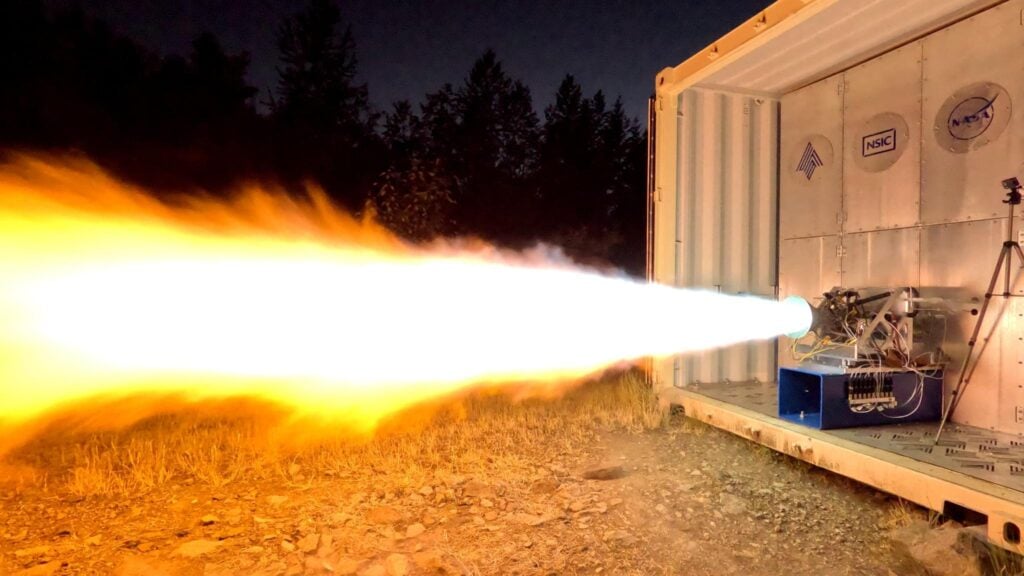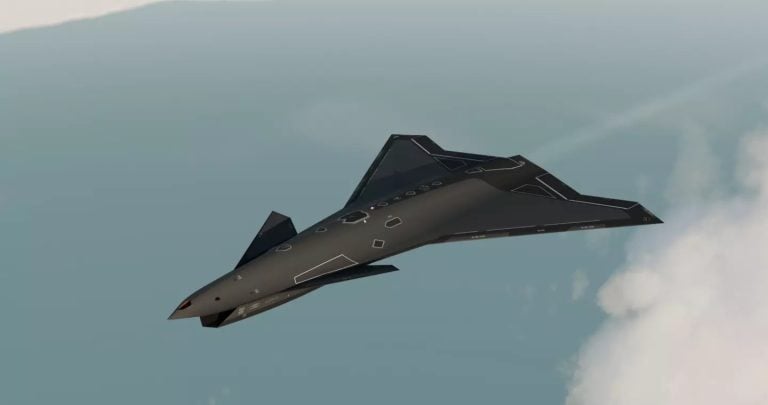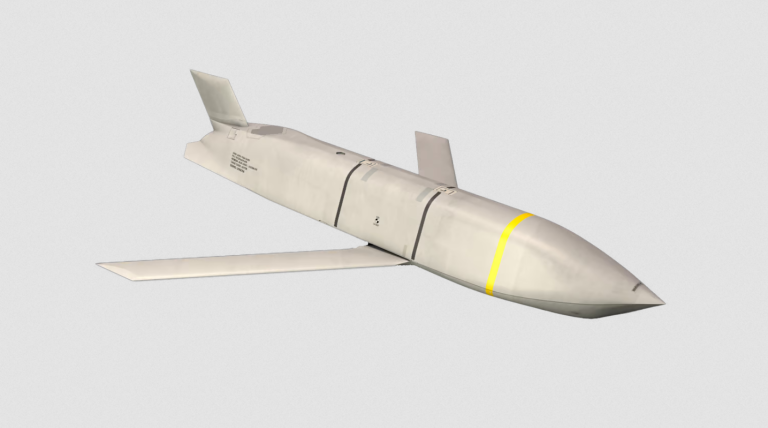Washington-based New Frontier Aerospace (NFA) has achieved a significant milestone in its defense hypersonic programs by successfully testing its innovative Mjölnir rocket engine. This advancement is part of the Defense Innovation Unit’s National Security Innovation Capital (NSIC) initiative, which aims to foster collaboration with seed-stage companies to accelerate the development of next-generation technologies for national defense.
The Mjölnir engine employs a sophisticated propulsion system that utilizes pumps to inject liquid propellants from storage tanks into the combustion chamber. In this chamber, the propellants are mixed and ignited, generating thrust for various vehicles. The design features a full-flow combustion cycle that enhances efficiency by allowing fuels and oxidizers to interact in a compact, highly pressurized environment. Notably, the Mjölnir engine operates on clean liquid natural gas, minimizing emissions and rendering it suitable for environmentally sustainable operations in hypersonic vehicles, rockets, and other reusable platforms.
Looking ahead, the Mjölnir engine is set to play a pivotal role in NFA’s upcoming projects. In 2026, it will power the initial hover flight of the “Pathfinder” vertical takeoff and landing drone aircraft, which is being developed under the NSIC framework. This aircraft is designed for rapid transport of personnel and supplies, aiming to facilitate travel between vertiport locations in under two hours. The Pathfinder is based on NFA’s own “Intercontinental” civilian rocketliner, measuring 135 feet (41 meters) and accommodating up to 100 passengers at a top speed of Mach 8—equivalent to approximately 6,138 miles per hour.
Moreover, the Mjölnir engine will also be instrumental in the development of the “Bifröst” orbital spacecraft, expected to be operational in 2027. This 3D-printed, refuelable, and reusable platform can be configured for various missions, including serving as a transfer stage or a lunar lander. With a gross weight of 3,000 pounds (1,361 kilograms), the Bifröst will be capable of transporting equipment through geostationary orbit, cislunar space, and potentially to destinations like Venus or Mars.
The successful testing of the Mjölnir engine was made possible by funding from NASA, which plans to incorporate this technology in its future small-scale, cost-effective Venture-class launch vehicles. NFA’s CEO emphasized the significance of these achievements, stating that the engine’s performance during recent hot fire tests has exceeded expectations. He described Mjölnir’s compact design, superior efficiency, and clean fuel attributes as transformative for hypersonic flight and space propulsion, foreseeing its potential to unlock new opportunities for clients and influence the future of aerospace technology.

















